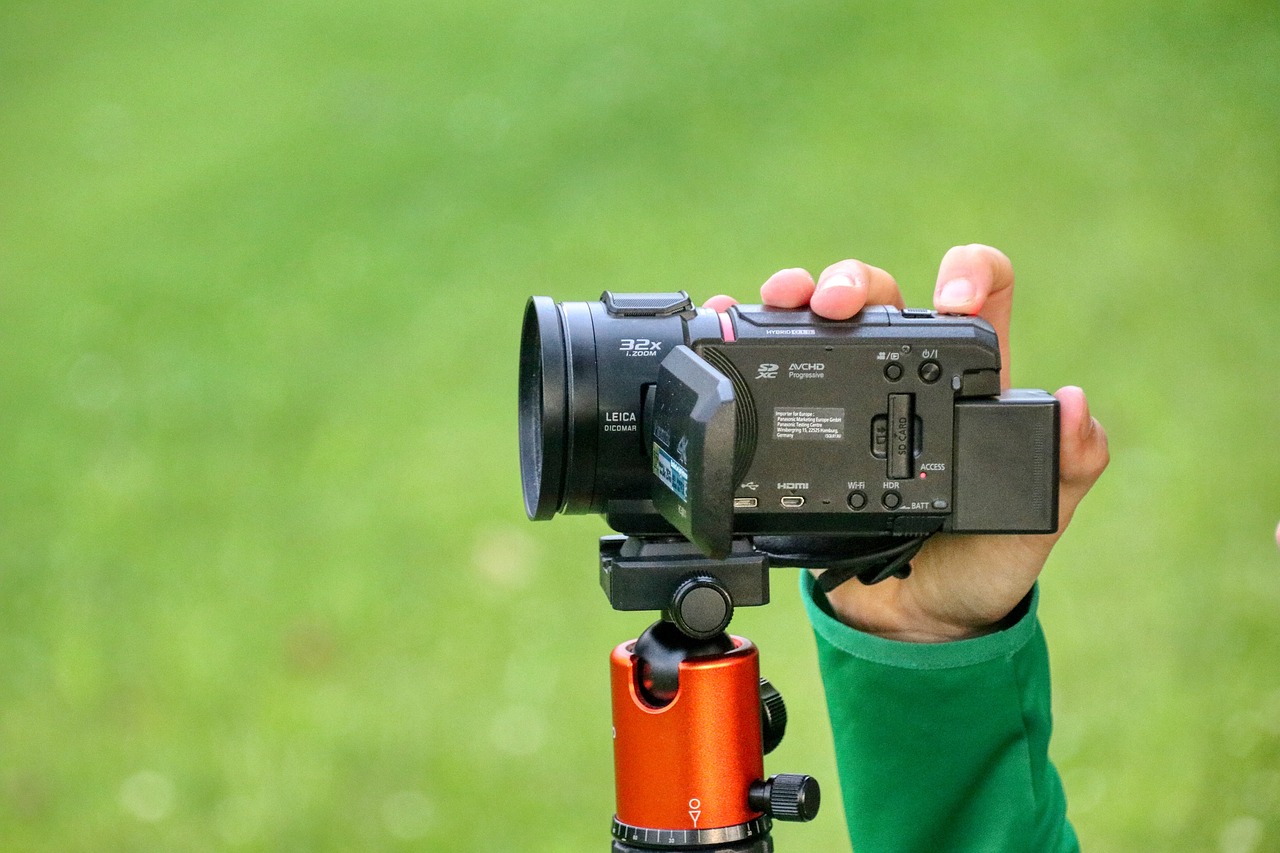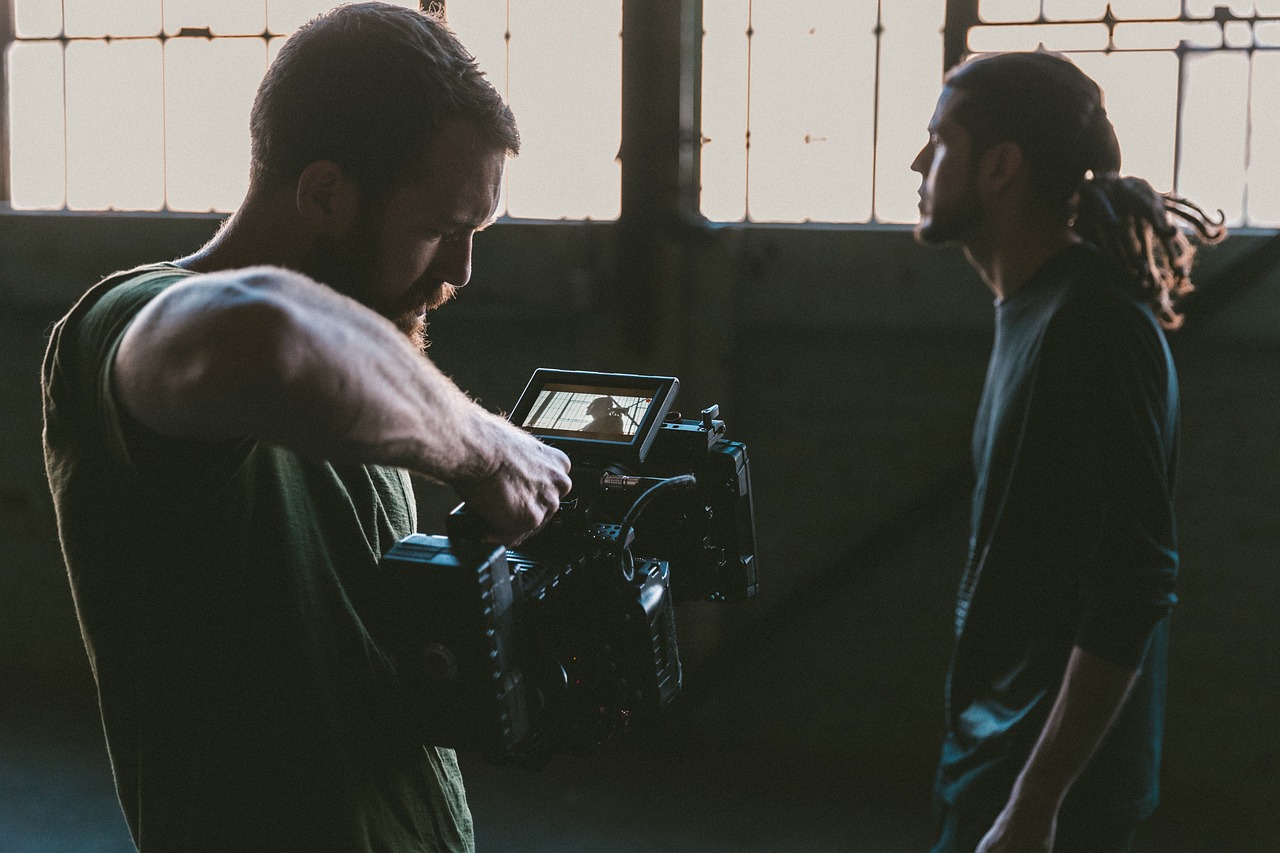
In an era dominated by visual content, a seemingly simple 2-minute video often becomes a cornerstone for branding, storytelling, and engagement. Yet, many are surprised to learn that producing these short clips can take weeks or even months. The intricate process behind film production involves artistry, technical expertise, and meticulous planning, all orchestrated by experienced professionals. Understanding why this process takes time unveils the true craft behind these creations.
The Foundations of Film Production: A Collaborative Art
Film production is a dynamic collaboration between creative visionaries and technical specialists. From ideation to execution, every step demands precision and coordination. At its core, the process is divided into three primary phases:
Pre-Production: Building the Blueprint
Pre-production sets the stage for everything to come. It begins with brainstorming concepts, refining scripts, and storyboarding to ensure clarity of vision. This phase also includes assembling the right team, scouting locations, and scheduling timelines. Whether you’re working with seasoned film production companies or an independent crew, pre-production serves as the bedrock of the entire project. A misstep here can lead to costly delays and rework later.
Production: Bringing the Vision to Life
Once the planning is complete, production begins. This phase involves filming on location or in a studio, where every shot is meticulously crafted to match the storyboard. Cinematographers, directors, and sound engineers work in sync to ensure the footage is both visually compelling and narratively cohesive. In markets like Singapore, top-tier film production houses in Singapore have set benchmarks for efficiency and creativity. They incorporate cutting-edge technology, from drones for aerial shots to high-resolution cameras, ensuring impeccable quality.
Post-Production: Weaving the Final Masterpiece
After filming wraps up, the footage moves into post-production. Here, editors cut and refine the material, add special effects, and fine-tune audio to craft a cohesive story. Even for a 2-minute video, the process of editing, color grading, and sound mixing can take weeks, especially when aiming for perfection.
Why Time Investment Matters in Film Production
The time-intensive nature of film production stems from the attention to detail required at every stage. Achieving a balance between creativity and technical accuracy demands iterative processes that cannot be rushed. Moreover, the inclusion of motion graphics, sound design, or special effects often adds complexity to the timeline. With audience expectations continuously rising, high production values are no longer optional. The videos that resonate most are those that evoke emotion and captivate viewers within seconds. Achieving this requires more than just state-of-the-art equipment—it demands skilled storytelling and artistic vision.
Emerging Trends Shaping Film Production
The film industry is undergoing rapid transformation, with new technologies and audience preferences redefining how content is created, distributed, and consumed. Keeping pace with these trends is essential for filmmakers aiming to produce relevant, high-quality content. Here’s a deeper look at the key innovations shaping modern film production:
AI Integration in Editing
Artificial Intelligence is streamlining the post-production process in unprecedented ways. AI-powered editing tools such as Adobe Sensei, Runway ML, and Magisto automate tedious tasks like scene selection, color correction, and visual effects enhancement, reducing manual labor and accelerating turnaround times. AI-driven facial recognition and motion tracking allow for precise object removal, automatic subtitling, and even deepfake-style effects that enhance storytelling. Beyond efficiency, machine learning algorithms analyze audience engagement patterns, helping filmmakers tailor content to viewer preferences. While AI will never replace human creativity, it is revolutionizing the way editors approach storytelling by eliminating repetitive tasks and focusing on artistic refinement.
Immersive Technologies
The rise of Virtual Reality (VR) and Augmented Reality (AR) is reshaping how films are produced and experienced. Directors are increasingly leveraging VR for pre-visualization, allowing them to step into digital environments before a single frame is shot. This technology enables precise planning of camera movements, lighting, and set designs. On the audience side, interactive storytelling is evolving, with AR-driven experiences allowing viewers to engage with films beyond the screen. Productions like “The Mandalorian” have pioneered the use of virtual production techniques, replacing green screens with LED walls that create real-time, photorealistic environments. This not only saves costs on location shoots but also enhances the realism of CGI-heavy scenes.
Eco-Friendly Productions
Sustainability is becoming a top priority as the film industry recognizes its environmental impact. Large productions can generate tons of waste, from excessive power consumption to discarded set materials. To combat this, studios are implementing green initiatives such as:
- Using LED lighting instead of traditional energy-draining tungsten bulbs
- Switching to battery-powered or solar-powered equipment
- Adopting paperless scripts and digital workflows
- Sourcing props and costumes sustainably or donating them post-production
Organizations like the Green Production Guide and BAFTA’s albert initiative are leading the charge in eco-conscious filmmaking, ensuring that reducing carbon footprints doesn’t compromise production quality. Audiences are also becoming more eco-aware, increasing demand for environmentally responsible entertainment.
Micro-Content and Short-Form Storytelling
The dominance of social media platforms like TikTok, Instagram Reels, and YouTube Shorts has created an explosion in demand for bite-sized storytelling. Traditional long-form content is no longer the sole format for filmmakers, as attention spans shift toward fast-paced, high-impact narratives. Major studios and independent creators alike are adapting by crafting compelling short-form content that captures viewers within seconds. Techniques such as snappy edits, hyper-engaging hooks, and vertical framing cater specifically to mobile-first audiences. Additionally, many filmmakers use micro-content as a marketing tool, creating teasers and behind-the-scenes clips to promote larger projects.
By embracing these trends, film production teams can future-proof their projects, ensuring they remain innovative, engaging, and competitive in the ever-evolving media landscape.
Tips to Optimize Your Film Production Timeline
Although film production is inherently time-intensive, strategic planning and efficient workflow management can significantly improve efficiency without sacrificing quality. Here’s how:
Collaborate with Professionals
The right team can make or break your production timeline. Partnering with experienced directors, cinematographers, editors, and production assistants ensures that each phase of the project runs smoothly. Seasoned professionals are adept at problem-solving, maintaining efficiency, and minimizing costly errors. They understand industry best practices, can foresee potential challenges, and adapt quickly, reducing the need for excessive revisions and reshoots. Investing in skilled crew members not only enhances the quality of your film but also saves time by ensuring tasks are executed correctly the first time.
Use Pre-Visualization Tools
Modern filmmaking benefits greatly from pre-visualization technology. Storyboarding applications, 3D visualization software, and animatics help directors and cinematographers visualize scenes before actual filming begins. By mapping out sequences in advance, teams can pinpoint potential problems, refine shot compositions, and establish a coherent visual language for the project. Tools like FrameForge, ShotPro, and Unreal Engine allow filmmakers to create digital mockups, ensuring that every department is aligned. This process minimizes on-set confusion, optimizes camera setups, and reduces time wasted on indecisive shot planning.
Plan for Contingencies
No film set is immune to unexpected challenges—weather disruptions, last-minute location changes, equipment malfunctions, or even talent availability issues can throw a wrench into production schedules. To stay on track, production managers should allocate buffer time for each major phase of the shoot. This includes having backup locations, spare equipment, and alternative shooting schedules prepared in advance. Establishing a contingency fund can also help cover unforeseen expenses, ensuring the production doesn’t come to a halt due to budget constraints. A proactive approach to risk management helps maintain workflow continuity even when the unexpected occurs.
By implementing these strategies, film productions can adhere to their timelines more effectively, minimizing unnecessary delays while maintaining creative and technical excellence.
The Value of Partnering with Experts
When it comes to creating impactful videos, the right partnership is everything. Film production companies bring not only technical expertise but also creative insight to every project. By collaborating with professionals, your project can achieve the right balance of technical precision and emotional resonance.
Singapore, for instance, is home to some of the industry’s best talents. With its vibrant media scene, a film production house in Singapore offers world-class capabilities while understanding the nuances of local and global audiences.
Distribution Strategy: Reaching the Right Audience
Even the most beautifully crafted video can fall short if it doesn’t reach the right audience. Distribution strategy plays a pivotal role in ensuring the success of your video. This involves identifying the best platforms for your content, whether it’s social media, email campaigns, or industry-specific websites. Tailoring your video for platform-specific requirements—such as aspect ratios for Instagram or keywords for YouTube—is crucial to maximizing engagement.
Optimizing your content for search engines can also amplify its reach. By incorporating relevant tags, engaging thumbnails, and compelling descriptions, you can significantly boost visibility. Paid promotions, like sponsored posts or targeted ads, further extend your video’s reach to the desired demographic. Partnering with a team that understands these nuances ensures your investment in production achieves its full potential, delivering measurable impact.

Take the First Step Toward Your Vision
If you’re ready to translate your ideas into a compelling video, now is the time to act. The earlier you start, the better your chances of delivering a polished final product on time. Don’t let delays or uncertainties hinder your creative goals. Contact us today and let’s bring your vision to life with precision, passion, and expertise.
Social sharing buttons can subtly enhance the reach of your project. With every share, your story gains new audiences, amplifying its impact across digital platforms. Start your journey to creating unforgettable videos today!




